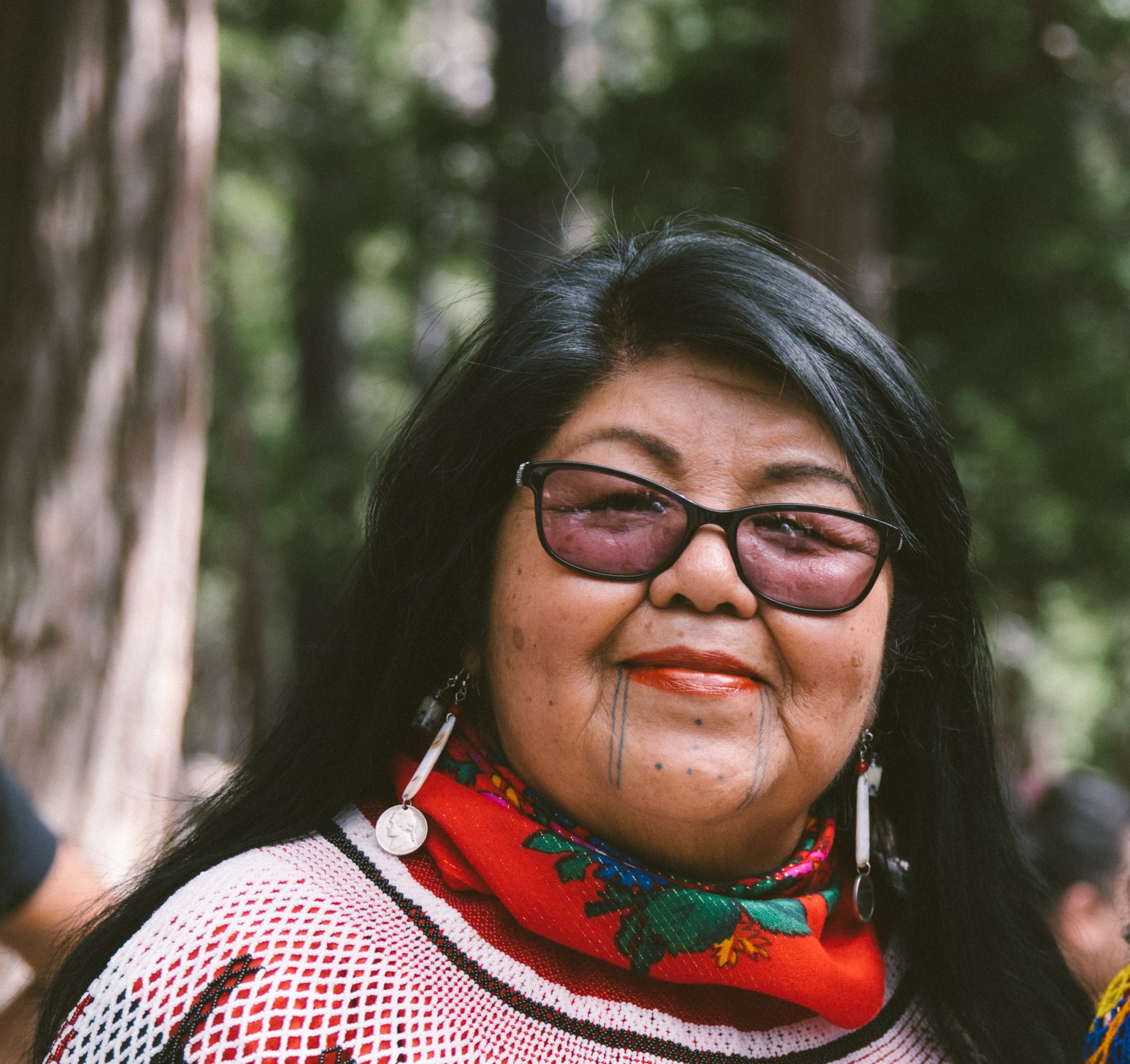
 PRESENTATION DESCRIPTION
PRESENTATION DESCRIPTION
Native Americans in the U.S. are diverse, and their contributions have enriched our lives in countless ways. People do not always realize the origins of Native contributions to the language, culture, and traditions of the U.S. What are Native signs and symbols? What do they mean? Where do they appear? They can represent animals and appear in petroglyphs, attire and much, much more. Explore the traditions and history of the Pee-Posh/Kwatsan. Learn about the signs and symbols which have been passed down for generations, and the meaning of tattoos and markings for this tribe.
This program is cohosted by the Glendale Public Library – Foothills Library.
ABOUT THE SPEAKER
Yolanda Hart Stevens is an enrolled member of the Gila River Indian Community, Pee-Posh/Quechan, and currently resides in the village of Komatke, AZ. Hart Stevens is a successful artist and community activist, performing at notable events such as Super Bowl XLII, The National Congress of the American Indian, and serving in highly-regarded positions such as the Smithsonian Institution American Community Scholar and a member of the Kennedy Center for Arts and Education. As an artist in residence at the Heard Museum in Phoenix, and as a teacher of beadwork, she has developed programs to promote a clearer understanding of the people of the Southwest through their history, clothing, and decoration. She teaches a variety of beading techniques, including lazy stitch, edging and peyote stitch at various locals throughout the valley. Hart Stevens is passionate about maintaining a dialogue with her elders, contributing her skill of beadwork, and sharing the given knowledge with her family and young people. She is actively participating in training from Yuman tribal elders.